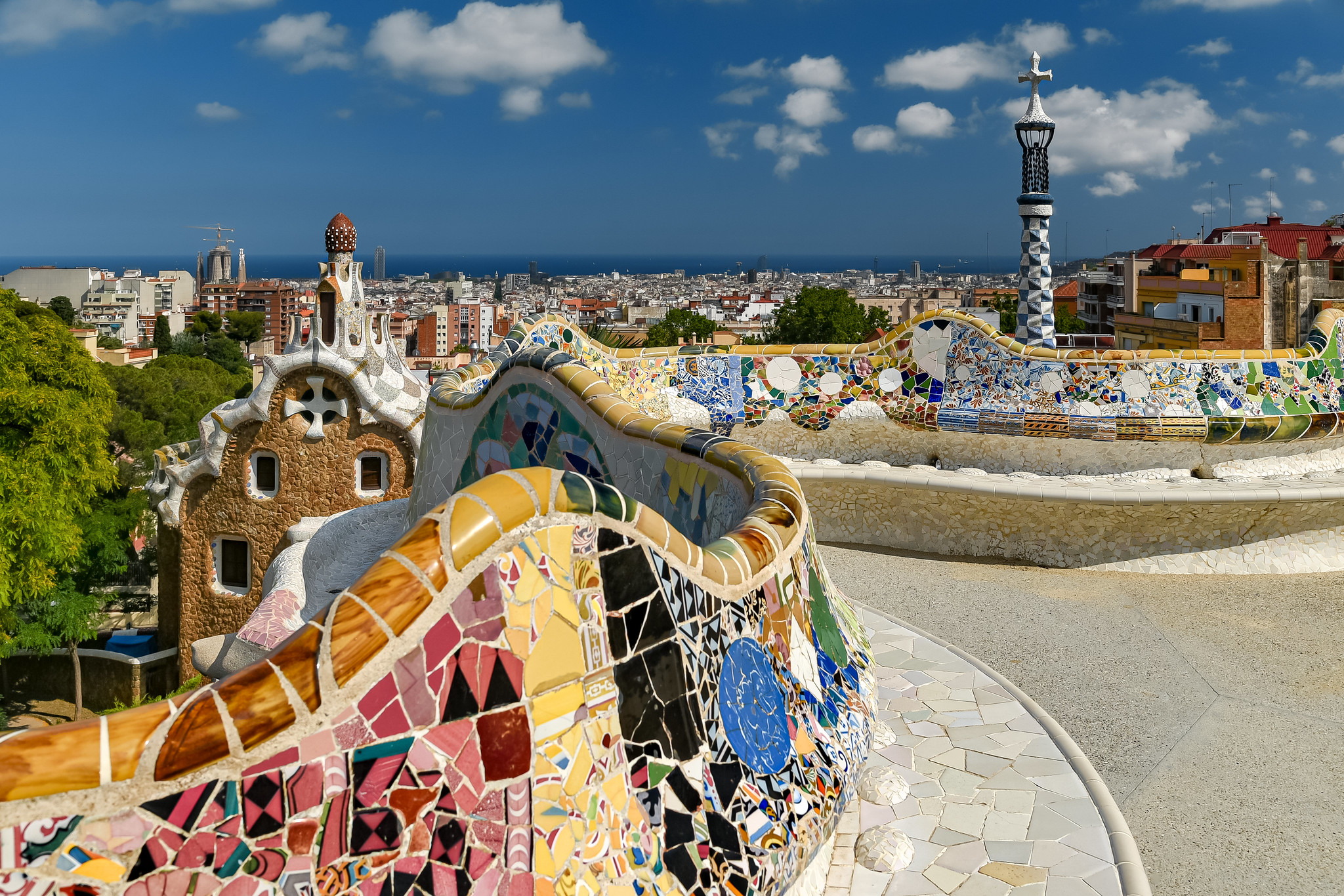-
Table of Contents
Athens, Greece – Acropolis and Parthenon: Unveiling Ancient Majesty.
Athens, the capital city of Greece, is renowned for its rich history and ancient landmarks. One of its most iconic sites is the Acropolis, a hilltop citadel that houses several ancient ruins, including the Parthenon. The Acropolis and the Parthenon are not only significant architectural marvels but also hold great cultural and historical importance. These ancient structures continue to captivate visitors from around the world, offering a glimpse into the grandeur of ancient Greece.
The History and Significance of the Acropolis in Athens, Greece
Athens, Greece – Acropolis and Parthenon
The History and Significance of the Acropolis in Athens, Greece
Athens, the capital city of Greece, is known for its rich history and ancient landmarks. One of the most iconic and significant landmarks in Athens is the Acropolis. Perched on a rocky hilltop, the Acropolis stands as a testament to the grandeur and architectural brilliance of ancient Greece.
The history of the Acropolis dates back to the 5th century BC when it was built as a fortified citadel. It served as a symbol of power and authority for the city-state of Athens. The Acropolis was not only a military stronghold but also a religious center, housing several temples dedicated to the Greek gods and goddesses.
The most famous and well-preserved temple on the Acropolis is the Parthenon. Built in honor of the goddess Athena, the patron deity of Athens, the Parthenon is a masterpiece of classical Greek architecture. Its construction began in 447 BC and was completed in 438 BC. The Parthenon’s design and proportions are considered to be the pinnacle of architectural perfection.
The significance of the Acropolis and the Parthenon goes beyond their architectural beauty. They represent the cultural and intellectual achievements of ancient Greece. The Acropolis was a hub of artistic and philosophical activity, attracting scholars, artists, and thinkers from all over the Mediterranean.
During the Golden Age of Athens, under the leadership of Pericles, the Acropolis underwent a major transformation. The temples were adorned with intricate sculptures and friezes, depicting scenes from Greek mythology and historical events. These sculptures, known as the Elgin Marbles, are now housed in the British Museum in London, sparking ongoing debates about their rightful ownership.
The Acropolis also played a significant role in the development of democracy. It was here that the citizens of Athens gathered to discuss and make important decisions about the city-state’s governance. The concept of democracy, which originated in ancient Greece, has had a profound impact on the political systems of many modern nations.
Over the centuries, the Acropolis has faced numerous challenges, including invasions, wars, and natural disasters. It suffered extensive damage during the Persian Wars and was later occupied by the Ottoman Empire. In the 19th century, a restoration project was initiated to preserve and protect the Acropolis and its monuments.
Today, the Acropolis is a UNESCO World Heritage site and attracts millions of visitors each year. It stands as a symbol of Greece’s glorious past and serves as a reminder of the enduring legacy of ancient Greek civilization. The Acropolis Museum, located nearby, houses a vast collection of artifacts and sculptures from the Acropolis, providing visitors with a deeper understanding of its historical and cultural significance.
In conclusion, the Acropolis in Athens, Greece, is a testament to the architectural brilliance and cultural achievements of ancient Greece. Its temples, including the iconic Parthenon, represent the pinnacle of classical Greek architecture. The Acropolis played a significant role in the development of democracy and continues to inspire awe and admiration in visitors from around the world. It stands as a timeless symbol of Greece’s rich history and cultural heritage.
Exploring the Architectural Marvel of the Parthenon in Athens
Athens, Greece is a city steeped in history and culture, with countless architectural marvels that have stood the test of time. One such marvel is the Parthenon, a temple located on the Acropolis hill. The Parthenon is not only a symbol of ancient Greek civilization but also a testament to the incredible architectural prowess of the time.
The Parthenon was built in the 5th century BC as a dedication to the goddess Athena, the patron deity of Athens. It was designed by the renowned architects Ictinus and Callicrates, under the supervision of the sculptor Phidias. The temple was constructed using the Doric order, a style characterized by its simplicity and strength.
As one approaches the Parthenon, the sheer size and grandeur of the structure are awe-inspiring. The temple is made entirely of marble, with eight massive columns at the front and back, and seventeen on each side. The columns are intricately carved with flutes, giving them a sense of elegance and grace. The attention to detail is remarkable, with every aspect of the temple meticulously planned and executed.
The Parthenon is not just a beautiful structure; it also serves as a testament to the advanced engineering techniques of the ancient Greeks. The architects employed various optical refinements to create an illusion of perfection. For example, the columns are slightly wider at the center and taper towards the top, giving the impression of being perfectly straight when viewed from a distance. This technique, known as entasis, ensures that the columns appear visually balanced and harmonious.
Inside the Parthenon, one can find the statue of Athena Parthenos, a colossal masterpiece created by Phidias. Unfortunately, the original statue has been lost to time, but its grandeur can still be imagined. The statue was made of gold and ivory, standing over 38 feet tall. It depicted Athena holding a shield in one hand and a spear in the other, symbolizing her role as the protector of Athens.
The Parthenon has undergone several transformations throughout its history. In the 5th century AD, it was converted into a Christian church, and later, in the 15th century, it was transformed into a mosque during the Ottoman Empire. These conversions resulted in significant alterations to the original structure, with many of the sculptures and decorations being destroyed or removed.
Despite the ravages of time and human intervention, the Parthenon remains a symbol of ancient Greek civilization and a testament to the ingenuity of its architects. Today, it stands as a UNESCO World Heritage Site and attracts millions of visitors each year. The Greek government has undertaken extensive restoration efforts to preserve and protect this architectural masterpiece for future generations to appreciate.
In conclusion, the Parthenon in Athens, Greece, is a true architectural marvel. Its grandeur, attention to detail, and advanced engineering techniques make it a sight to behold. As visitors explore the Acropolis and gaze upon the Parthenon, they are transported back in time to an era of great artistic and intellectual achievements. The Parthenon stands as a testament to the enduring legacy of ancient Greece and its contributions to the world of architecture.
Unveiling the Mythology and Legends Surrounding the Acropolis and Parthenon in Athens, Greece
Athens, Greece – Acropolis and Parthenon
Unveiling the Mythology and Legends Surrounding the Acropolis and Parthenon in Athens, Greece
Athens, the capital city of Greece, is a place steeped in history and mythology. One of the most iconic landmarks in Athens is the Acropolis, a hilltop citadel that houses the magnificent Parthenon. These ancient structures have captivated the imagination of people for centuries, and their rich history is intertwined with Greek mythology and legends.
The Acropolis, meaning “high city” in Greek, is a UNESCO World Heritage site and a symbol of ancient Greek civilization. It sits atop a rocky outcrop, offering breathtaking views of the city below. The Acropolis was once the religious and cultural center of Athens, and it played a significant role in the lives of the ancient Greeks.
The most famous structure on the Acropolis is the Parthenon, a temple dedicated to the goddess Athena, the patron deity of Athens. Built in the 5th century BC, the Parthenon is considered a masterpiece of classical Greek architecture. Its grandeur and beauty are a testament to the skill and craftsmanship of the ancient Greeks.
According to Greek mythology, the construction of the Parthenon was a result of a contest between Athena and Poseidon, the god of the sea. Both gods wanted to be the patron deity of Athens, and they each presented a gift to the city. Poseidon struck the ground with his trident, creating a saltwater spring, while Athena planted an olive tree, symbolizing peace and prosperity. The citizens of Athens chose Athena’s gift, and she became the city’s patron goddess. In honor of Athena, the Parthenon was built as a temple to worship her.
The Parthenon is adorned with intricate sculptures and friezes that depict scenes from Greek mythology. These sculptures were once brightly painted, bringing the stories to life. The most famous of these sculptures is the frieze that runs along the inner walls of the Parthenon’s cella, depicting the Panathenaic procession, a grand festival held in honor of Athena.
Over the centuries, the Acropolis and the Parthenon have witnessed numerous historical events and undergone various transformations. They have been damaged by wars, earthquakes, and even looting. In the 19th century, Lord Elgin, a British diplomat, removed many of the Parthenon’s sculptures and took them to Britain. These sculptures, known as the Elgin Marbles, are now displayed in the British Museum, sparking ongoing debates about their rightful ownership.
Despite the challenges they have faced, the Acropolis and the Parthenon remain symbols of Greece’s rich cultural heritage. They continue to inspire awe and wonder in visitors from around the world. Today, efforts are being made to preserve and restore these ancient structures, ensuring that future generations can appreciate their beauty and historical significance.
Visiting the Acropolis and the Parthenon is like stepping back in time. As you walk through the ancient ruins, you can’t help but feel a sense of reverence for the people who built these magnificent structures and the gods they worshipped. The Acropolis and the Parthenon are not just architectural marvels; they are a testament to the enduring power of mythology and legends in shaping our understanding of the past.The Acropolis and Parthenon in Athens, Greece are iconic landmarks that hold great historical and cultural significance. The Acropolis is a hilltop citadel that houses several ancient ruins, including the Parthenon, a magnificent temple dedicated to the goddess Athena. These structures showcase the architectural brilliance of ancient Greece and serve as a testament to the country’s rich heritage. Visiting the Acropolis and Parthenon allows one to immerse themselves in the ancient world and appreciate the enduring legacy of Athens.




